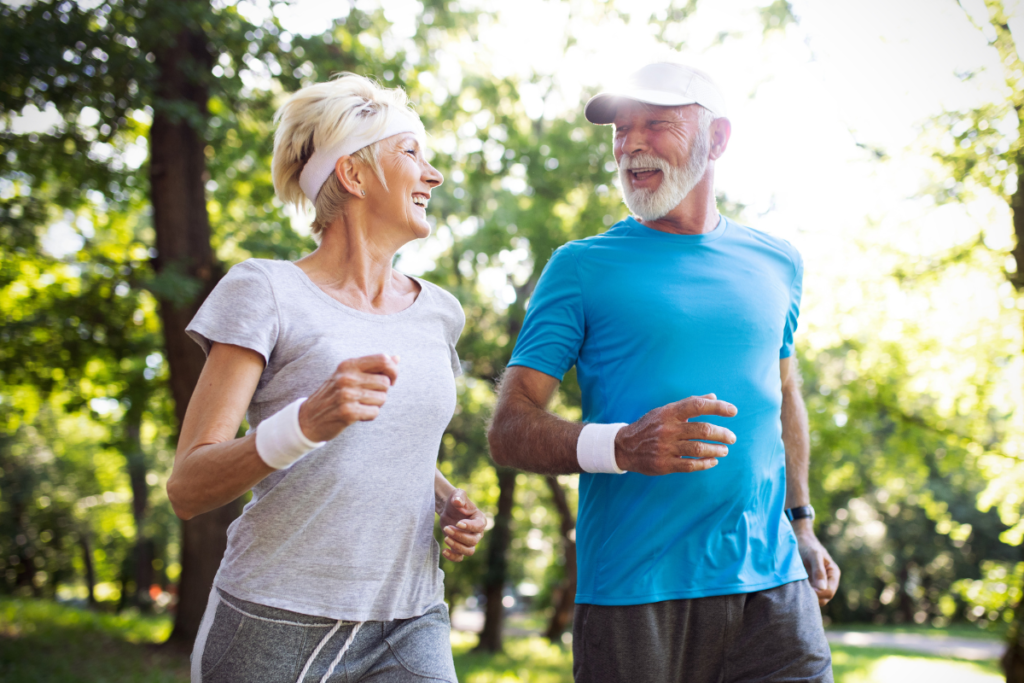
When it comes to managing chronic pain, exercise and movement are not just supportive—they are transformative. As integral components of The Hache Protocol™, movement therapies go beyond physical benefits, addressing emotional well-being and fostering resilience. Whether dealing with acute discomfort or chronic conditions, incorporating intentional movement can be a game-changer in pain resolution and overall wellness.
The Science Behind Movement and Pain Relief
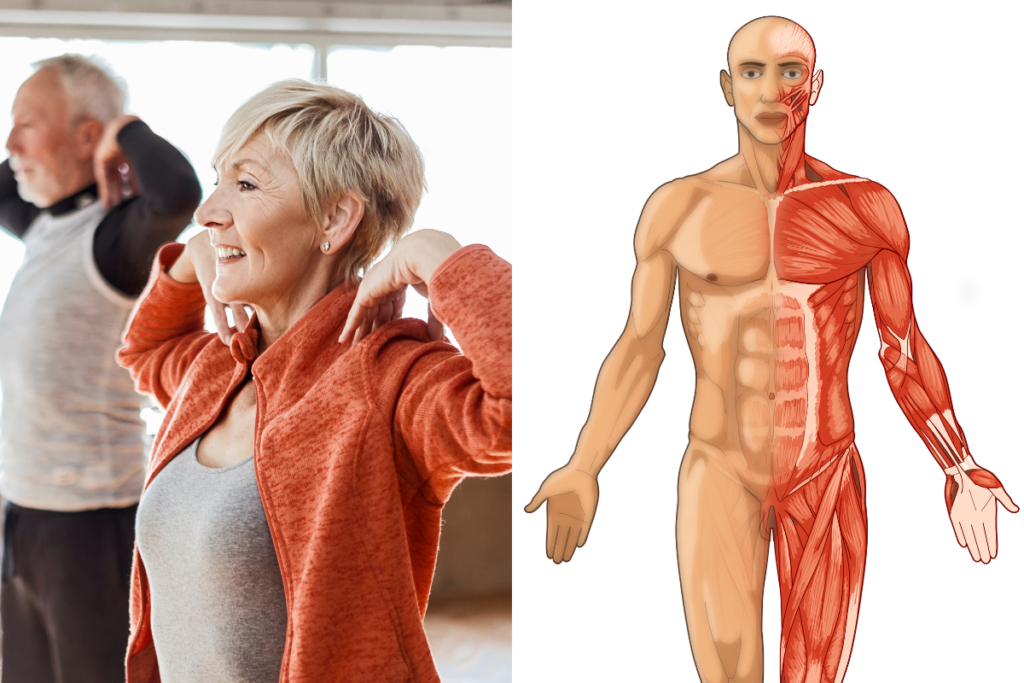
Understanding the physiological effects of exercise reveals why it plays such a critical role in pain management.
Boosting Circulation
Physical activity enhances blood flow, delivering essential oxygen and nutrients to tissues. Improved circulation reduces stiffness, promotes healing, and accelerates recovery from injuries or inflammation-related pain.
Releasing Endorphins
Exercise stimulates the release of endorphins, the body’s natural painkillers. These chemicals not only alleviate physical discomfort but also enhance mood, helping patients build emotional resilience in the face of chronic pain.
Reducing Inflammation
Studies have shown that regular movement lowers inflammatory markers in the body. By reducing inflammation, exercise mitigates one of the key drivers of chronic pain, improving overall health outcomes.
Explore the benefits of movement further in Low-Impact Exercises for Chronic Pain Relief.
Types of Movement in The Hache Protocol™
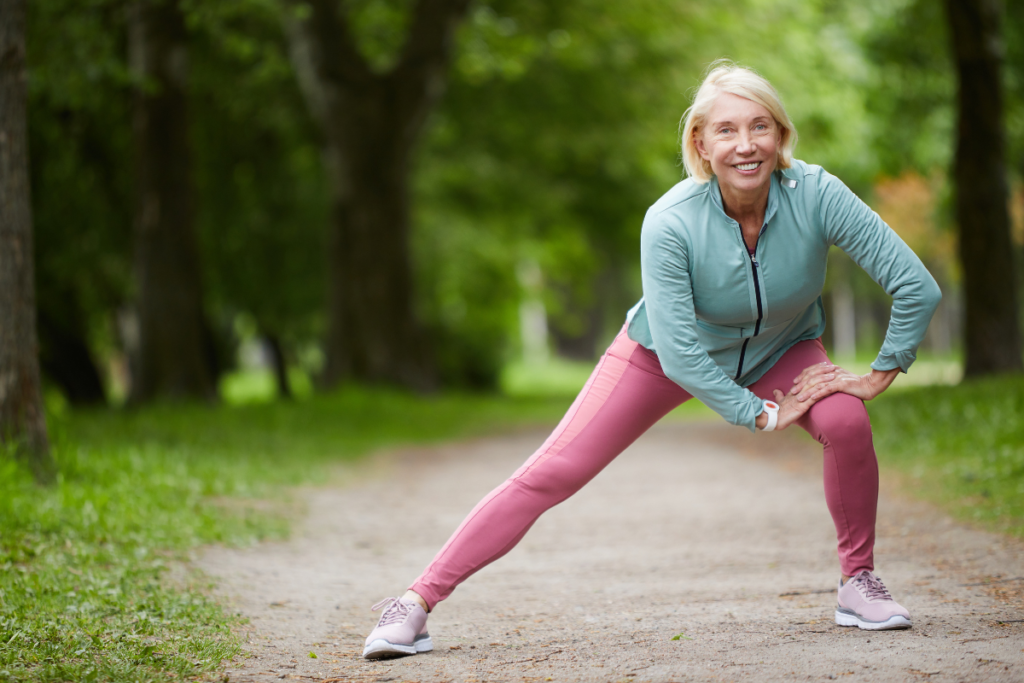
The Hache Protocol™ emphasizes a variety of movement practices to meet individual needs, ensuring a balanced approach to pain relief and wellness.
Gentle Stretching
Stretching exercises increase flexibility and reduce tension, improving the range of motion and easing discomfort in stiff joints or muscles.
Low-Impact Cardio
Activities like walking, swimming, and cycling provide cardiovascular benefits while being gentle on the body. These exercises strengthen the body without adding strain, making them ideal for pain sufferers.
Strength Training
Building muscle supports joint health and reduces pressure on painful areas. Simple bodyweight exercises or resistance bands can help patients safely build strength and stability.
Restorative Practices
Mindful movement practices like yoga, tai chi, and Pilates combine physical activity with relaxation techniques. These exercises improve flexibility, balance, and mental clarity, making them ideal for holistic pain management.
Overcoming Barriers to Exercise for Chronic Pain Sufferers
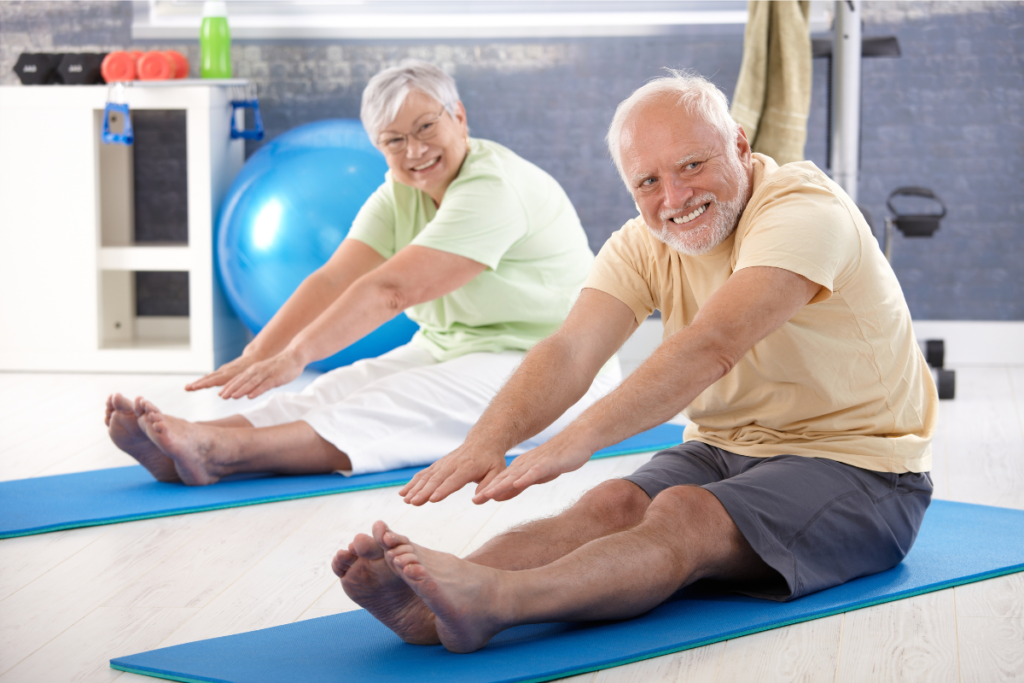
Starting an exercise routine can feel intimidating, especially for those with chronic pain. Here’s how to navigate common challenges:
Fear of Aggravating Pain
Start small with guided, low-intensity movements. Gradually increasing activity levels helps build confidence and prevents overexertion.
Energy Limitations
Short, consistent sessions can accommodate fatigue while still offering cumulative benefits. A 10-minute walk or gentle yoga session can make a big difference over time.
Building Confidence
Success stories of individuals who have embraced movement show that it’s possible to regain mobility and resilience. Celebrate small victories to stay motivated.
How to Incorporate Movement into The Hache Protocol™

Movement becomes even more effective when integrated thoughtfully into a holistic pain resolution strategy like The Hache Protocol™.
Personalized Plans
Tailor exercises to match individual pain levels, mobility, and goals. A personalized approach ensures that each patient feels supported and empowered.
Integration with Microcurrent Therapy
Combining movement with microcurrent therapy enhances circulation, reduces inflammation, and accelerates healing, creating a synergistic effect.
Tracking Progress
Use tools like logs or apps to monitor improvements in pain levels, strength, and mobility. Seeing tangible progress reinforces commitment to the practice.
Benefits of Exercise and Movement in Holistic Pain Management
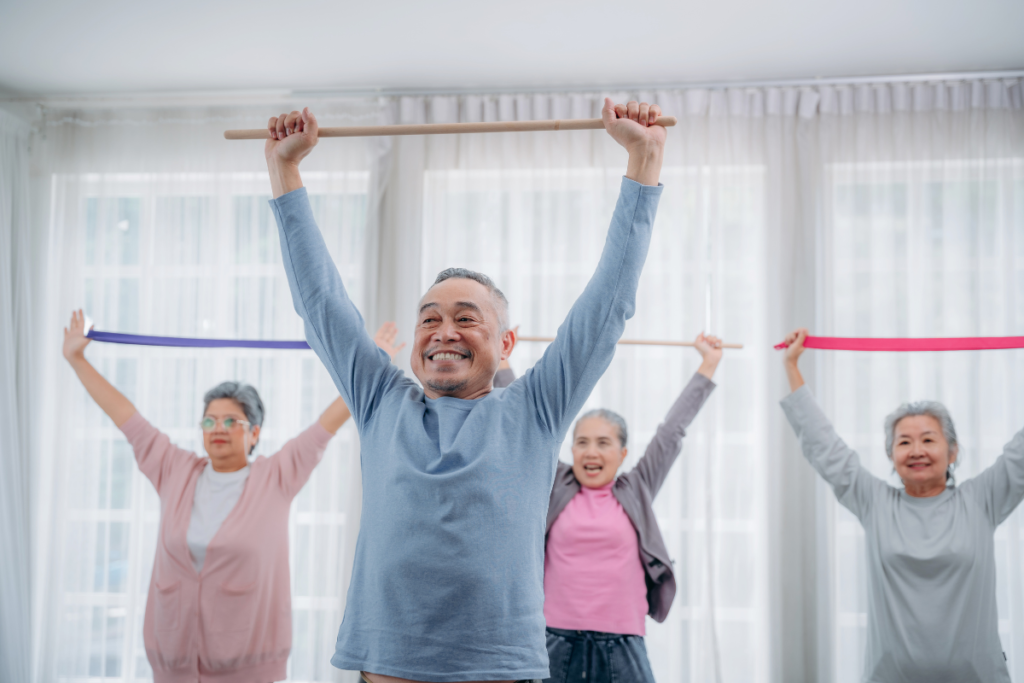
The long-term benefits of regular movement are profound, improving both physical and emotional health.
Improved Mobility
Exercise strengthens muscles and joints, enabling patients to perform daily activities with greater ease and independence.
Reduced Pain Sensitivity
Regular movement helps desensitize nerve pathways, decreasing the intensity of chronic pain over time.
Enhanced Emotional Well-Being
Physical activity reduces stress, anxiety, and depression, all of which are common among chronic pain sufferers. Movement fosters a positive feedback loop of improved mental health and physical resilience.
Movement as a Lifestyle in The Hache Protocol™
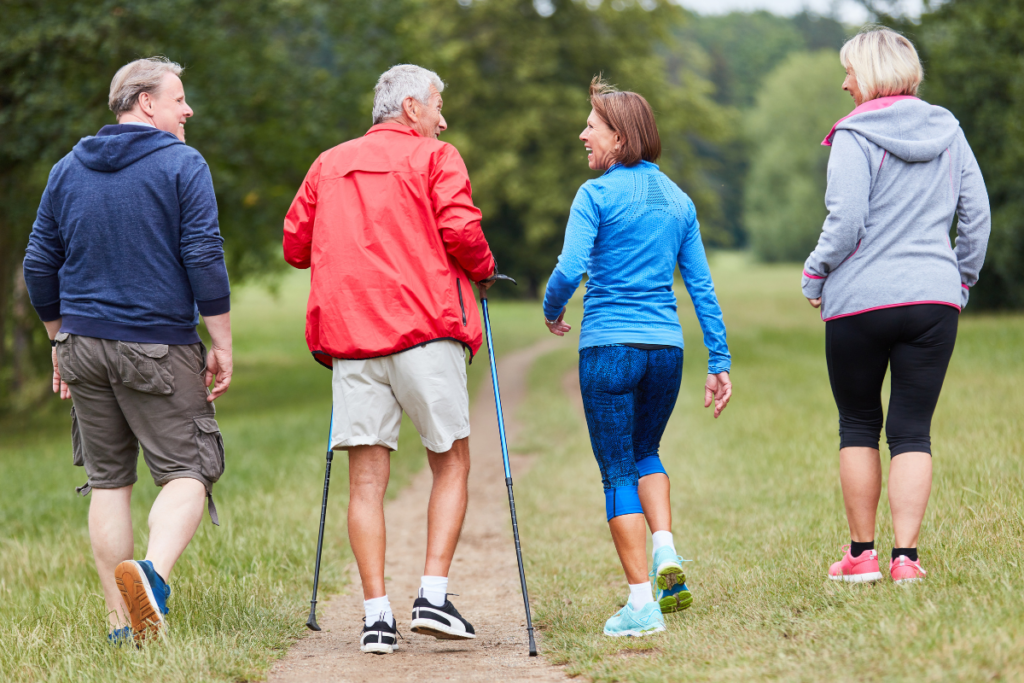
Consistency is the key to reaping the full benefits of exercise. Here’s how to make movement a sustainable part of everyday life:
Daily Habits
Encourage patients to incorporate movement into their routine, whether through morning stretches, evening walks, or group classes.
Community and Support
Group activities like yoga classes or walking groups provide accountability and foster a sense of connection, making it easier to stick with the practice.
Staying Motivated
Set realistic goals and celebrate milestones to maintain motivation. Remind patients of the transformative power of movement in their healing journey.
Conclusion
Exercise and movement are more than just tools for managing pain—they are essential elements of The Hache Protocol™, empowering patients to heal, strengthen, and thrive. By embracing movement as a daily practice, individuals can reduce pain, improve mobility, and enhance their overall quality of life.
Take the first step toward integrating movement into your pain management plan, and experience the profound benefits of making exercise a cornerstone of your healing journey.

